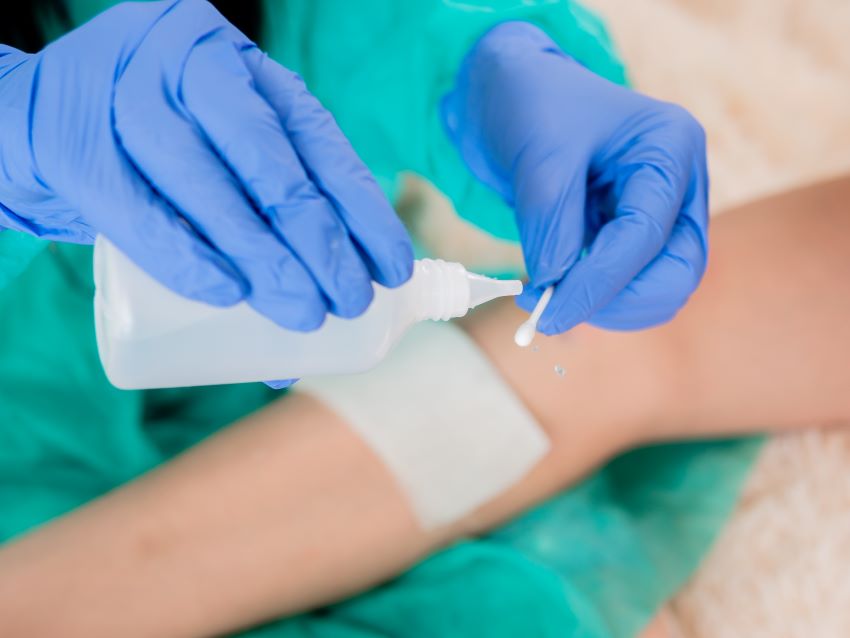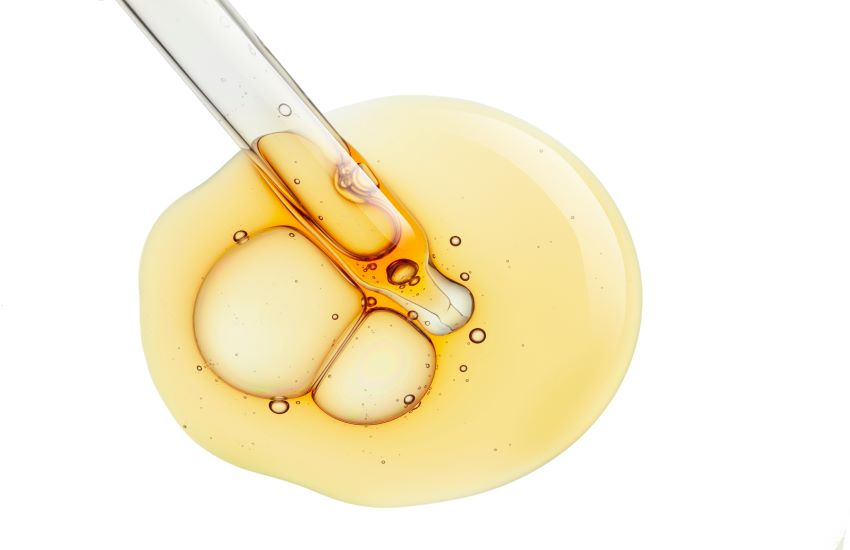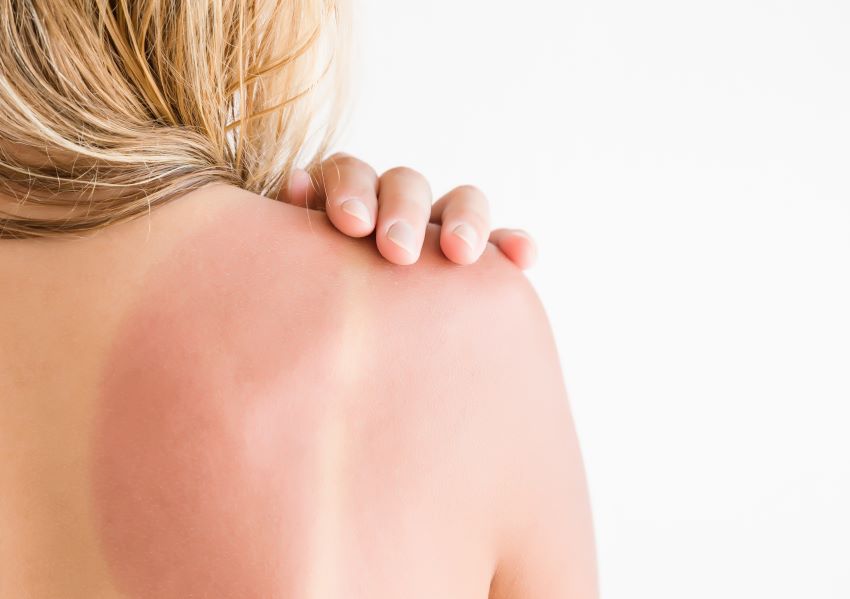Teenage skin can be super sensitive and need some ultra care, since puberty hits right around that age. Teenage skin…

 Healthy Skin
Healthy Skin
Wound Care Stages
A wound or injury to the skin causes a break in the skin and sometimes blood is shed. Wounds can be very minor or major and depending on the injury will need extra care.
Stages of Wound Healing:
When it comes to wound care stages and healing, our bodies have developed a four-step system for a pressure ulcer or pressure sore that effectively heals the wound and rebuilds the skin. The four open wound healing stages are:
- 1. Hemostasis Stage
- The easiest way to recognize your body has started the hemostasis stage is that the blood will begin to clot. If you experience a break in the skin and begin to bleed, your blood vessels will work to constrict blood flow. Platelets then stick together to seal the break in the skin. After this, your blood will begin to coagulate and threads of fibrin (a protein in blood plasma) will bind the wound closed to stop the bleeding. Hemostasis is the fastest occurring stage where the fibrins begin to start their binding process within sixty seconds.
- 2. Inflammatory Stage
- The second stage, the inflammatory stage, occurs right when the skin breaks as well. When injured blood vessels begin to leak, swelling occurs. The swelling and inflammation help to control the bleed and prevent infection. White blood cells called neutrophils enter the wound to remove bacteria and debris. The neutrophils also release protein and growth factors to help with repair. During the inflammatory stage, people usually experience swelling, redness, and pain in the area. This stage lasts for about four to six days.
- 3. Proliferative Stage
- The third stage, called the proliferative phase is when the wound rebuilds itself and new skin grows over the area. The wound begins to contract as new skin tissues are built. More blood vessels are constructed to give the new tissue oxygen and nutrients. Cells called fibroblasts work to heal the wound by gripping the edges of the wound and pull them together. The new tissue is typically granulation tissue, which is pink and has an uneven texture. The new tissue should not bleed easily and should be light in color. If it is dark, this can be a sign of infection or poor perfusion. The proliferative stage lasts from four to twenty-four days.
- 4. Maturation Stage
- The final stage, the maturation stage or the remodeling stage is when the collagen in the skin is remodeled and the wound completely closes. In the previous stage, the proliferative stage, the collagen that rebuilds the skin is uneven and thick. As the maturation stage occurs, the collagen fibers begin to align with each other and lie closer together to cross-link. Cross-linking makes the skin thin and strong. The maturation stage begins about twenty-one days after the wound occurs and can last for a year or longer.
How to Care for Wounds:
Proper wound management is crucial. While our bodies do have this incredible process for wound healing, there are some steps for wound treatment you should be taking to ensure your injury will not become infected and can speed up the healing process.
- Clean: If you experience a minor wound, wash the area with soap and water to remove any dirt or debris. If there is an object in the wound bed, go to a doctor to get it removed.
- Stop the bleeding: To help stop the bleeding and encourage blood clotting, apply pressure on the wound with a clean cloth for a few minutes.
- Antiseptic: Apply an antiseptic or antibiotic cream to the intact skin around the infected wound bed to prevent infection.
- Pack: Apply a clean bandage over the wound on intact skin to help keep out dirt and bacteria from getting in. Wound dressing keeps it from being disturbed and encourages the healing process.
- Pain Relief: If you are experiencing pain from the wound, you can take over-the-counter pain medications to help find relief during the healing process as a treatment.
Overall, when it comes to the wound healing process, our bodies do a great job taking care of us and typically heal itself. However, if you find that your wounds are not healing, this is a sign of chronic wounds. Reach out to your doctor or dermatologist immediately for wound care or if you’re interested in how to speed the wound healing process. Contact Apotheco Pharmacy today to determine how you can help treat this skin condition or if you need any other skincare questions answered!
This blog is based on research and/or other scientific articles and is written by our experienced Chief Strategy Officer and Pharmacist, Ronak Desai. This blog is fact checked by our educated Pharmacist in Charge, Darshan Patel, who additionally runs our Apotheco Manhattan location.
Here at Apotheco Pharmacy Group, our goal is to provide the most up to date and accurate information on health and dermatology related topics. We do this to ensure our readers can make informed decisions based on factual content. All blogs undergo an extensive review process before posted.
This blog contains trusted sources. All sources are listed at the bottom of this article with hyperlinks that take you directly to the source.





